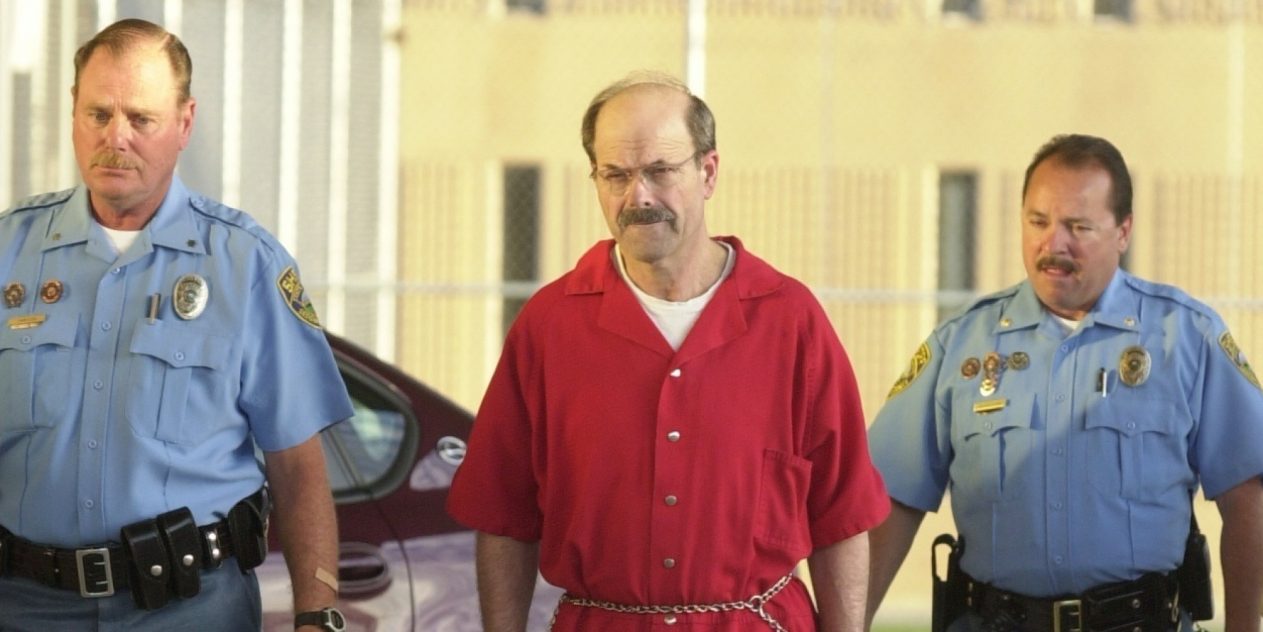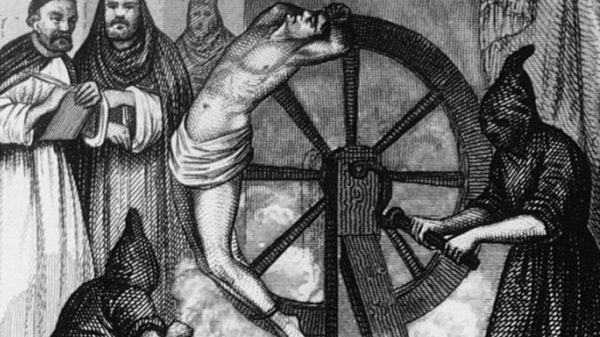BTK. Those three letters struck fear into the hearts of the residents of Wichita, Kansas for three decades. They stand for Bind, Torture, and Kill–the method used by the madman who claimed the lives of 10 men, women, and children starting in 1974. BTK remained one of the most elusive serial killers in American history until his arrest in 2005. When he was finally captured, the identity of the killer shocked the entire city.
BTK first struck in 1974 with the brutal slaying of four members of the Otero family. The mother, father, and two children, aged 11 and 9, were all found dead in their home. The children and father Joseph had been suffocated with plastic bags over their heads, and mother Josephine was found hanging from a drainpipe in the house. Horribly, it was the Otero’s third, teenage son, Charlie, who discovered the carnage when he came home from school on January 15, 1974.
Pinched via The LineUp

BTK claimed his next victim a few months later on April 4, 1974. Kathryn Bright, 21, was found stabbed in her home. She later died at the hospital. BTK entered a hiatus for nearly three years before appearing again in March 1977.
He entered the home of 24-year-old Shirley Vian, locked her children in a bathroom, and strangled the woman to death. Later that year he strangled another young woman to death. Wichita was on edge, and every man and woman in the city feared for their and their children’s safety.
BTK sent taunting letters to police and newspapers, claiming responsibility for his heinous crimes. After his December 1977 murder, the killer even called the police to report the crime himself. BTK clearly relished the media attention he received, and he enjoyed toying with investigators who were on the case.
After 1977, almost eight long years passed before BTK killed again. Rumors percolated—had he died? Or been imprisoned on other charges? Those rumors were put to rest on April 27, 1985, when 53-year-old Marine Hedge was found strangled in her home in Park City, a suburb of Wichita. BTK killed twice more in the coming years, strangling women in 1986 and 1991. Then the killings ceased, permanently. Detectives found themselves immersed in a cold case that seemed to have no solid leads.













